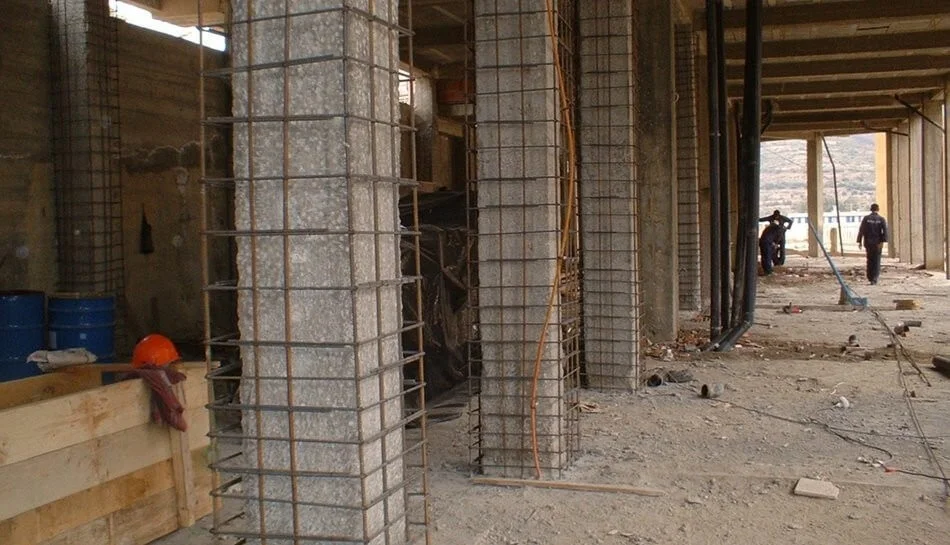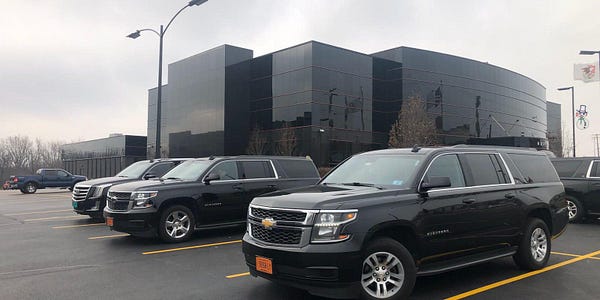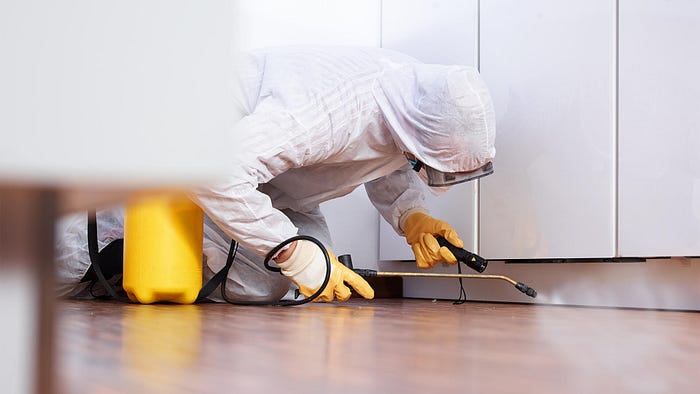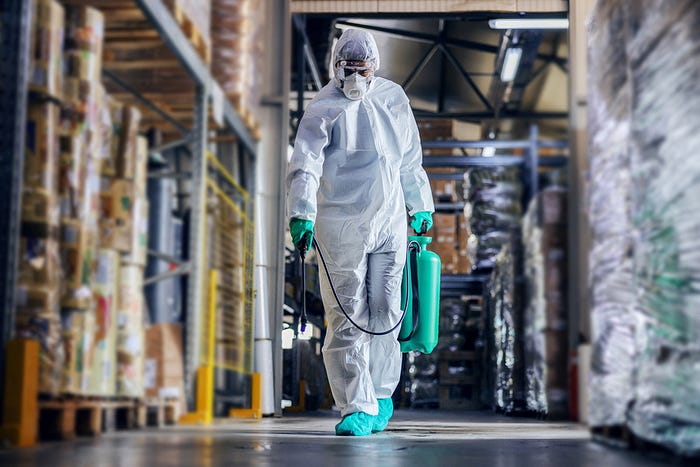
India’s commercial infrastructure is growing fast, and with it comes the need for structural safety and sustainability. Office complexes, shopping malls, hospitals, and other large-scale buildings often face wear and tear due to heavy usage, environmental exposure, and aging. To ensure their longevity and safety, advanced repair techniques must be applied. One such powerful method gaining traction is Concrete Jacketing in India. This time-tested strengthening technique is vital for restoring structural stability in various types of buildings.
Understanding Concrete Jacketing in India
In India, concrete jacketing is the process of applying a fresh layer of concrete over preexisting structural components, such as walls, beams, and columns. To improve strength and load-bearing capacity, more steel is used to reinforce this layer. The method improves durability, strengthens seismic resistance, and repairs damage without requiring the structure to be disassembled.
This strategy is being quickly adopted by the Indian building industry. It provides an affordable, long-lasting solution that can be applied to both contemporary and historic buildings with little interference to daily operations.
Why Commercial Properties Need Structural Strengthening
Commercial buildings are subject to heavy mechanical loads, continuous foot traffic, and periodic renovations. These elements eventually cause structural distress. The problem is additionally exacerbated by poor construction methods from the past, antiquated designs, and inadequate upkeep.
Ignoring these warning indicators may lead to increased maintenance expenses or, worse, potential safety hazards. In India, strengthening turns into a vital investment for developers and property managers rather than only a repair tactic. For this reason, concrete jacketing for commercial areas is becoming more and more common in India.
A Proven Technique with Long-Term Benefits
Concrete jacketing offers long-term structural improvement as opposed to short-term or aesthetic repairs. It increases the columns’ and beams’ axial and lateral load capacities. This is especially crucial in regions of India that are prone to earthquakes because lateral forces can be quite strong there.
Additionally, the technique expands the cross-sectional area, which aids in more uniform load distribution. Property owners in India can prevent total reconstruction or demolition by using concrete jacketing. This maintains the building’s functional value while simultaneously saving money.
Adapting to Indian Climate and Conditions
India faces particular difficulties because of its varied climate. Building materials withstand a lot, from intense heat inside to excessive humidity in coastal cities. In these conditions, concrete jacketing works quite well because it keeps reinforcement steel from corroding and resists weathering.
Additionally, the thermal bulk provided by the extra layer aids in controlling indoor temperatures. Therefore, concrete jacketing in India benefits commercial property owners in two ways: it fulfills both environmental and functional reasons.
How the Process Works
Engineers perform a thorough structural audit at the start of the process. There are indications of corrosion, cracks, or load problems. After that, reinforcement bars are installed, and the preexisting surfaces are prepped. A specifically made concrete mix is then poured once formwork has been set up.
Strength development is ensured by proper curing. Most of the time, the building stays open during the procedure. For businesses that cannot afford downtime, this is yet another reason why concrete jacketing in India is the best option.
Perfect for Retrofitting Older Structures
In India, a large number of structures were built before the adoption of contemporary seismic and safety regulations. Even though these structures are still in use, they don’t adhere to modern requirements. This gap is filled in part by concrete jacketing, which improves structural performance without requiring total overhauls.
Additionally, it supports government programs aimed at improving infrastructure. Concrete jacketing in India provides a means for building owners to increase the lifespan of their aged structures while adhering to safety standards.
Increased Safety Without Changing Design
Particularly for office buildings and commercial complexes, architectural aesthetics are significant. Conventional strengthening techniques can diminish usable area or change the structure’s appearance. However, the original design is preserved by concrete jacketing.
The new jacket can be polished to match the current surface and is small and tidy. As a result, concrete jacketing in India greatly increases strength and safety without sacrificing attractiveness.
Seismic and Fire Resistance
India features several seismically dangerous areas. Weak columns and joints are typically the cause of building failures during earthquakes. By increasing the ductility and energy-absorbing capacity of columns, concrete jacketing improves resilience to seismic activity.
The technique also increases fire resistance. By acting as insulation, the additional layer of concrete slows down the flow of heat and gives residents more time to leave. In India, concrete jacketing adds a degree of security to commercial buildings.
Application Across Various Structures
Commercial workplaces are not the only places that use this technique. Additionally, commercial malls, hospitals, schools, and industrial warehouses employ it. Concrete jacketing is an effective remedy anywhere structural integrity is jeopardized.
In India, concrete jacketing is the preferred technique for internal strengthening without compromising the outward footprint, particularly in metropolitan areas with constrained space and stringent building permits.
Maintenance and Longevity
Structures require very little maintenance after jacketing. To guarantee long-term function, routine inspections and small touch-ups are typically sufficient. Internal reinforcement is shielded from corrosion and other harm by the new jacket.
In India, concrete jacketing can increase a building’s lifespan by 25 to 50 years when done correctly. For any property manager or owner of a business facility, that represents a substantial return on investment.
Challenges and Their Solutions
Concrete jacketing has difficulties like dust control, project deadlines, and restricted access, much like any civil job. However, these problems are easily handled with skilled professionals and careful planning.
The quality and speed of execution have been further enhanced by contemporary equipment and techniques such as quick-set concrete mixtures and pre-packed non-shrink grouts. Thus, despite a few small logistical issues, concrete jacketing in India is still a dependable choice.
When Should You Opt for It?
It’s essential to take action if your business property exhibits structural fatigue symptoms like cracks, spalling, or deflection. The necessity of jacketing will be verified by structural audits. Don’t wait for damage to become obvious before taking action.
Early action prevents business interruptions and lowers repair costs. Choosing Concrete Jacketing in India at the appropriate moment guarantees a long-lasting, high-performing, and safe structure.
Growing Demand in Urban India
Cities like Chennai, Bengaluru, Delhi, Mumbai, and others are experiencing a surge in demand for structural reinforcement as a result of urbanization. Every square foot counts in the costly world of real estate. Property owners are using effective solutions rather than rebuilding.
Because of this, concrete jacketing is increasingly being used in India as a structural upgrade method, particularly in commercial areas with a high density.




